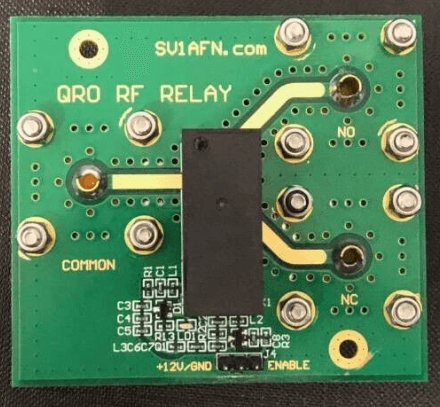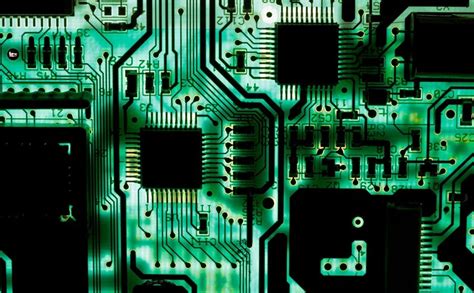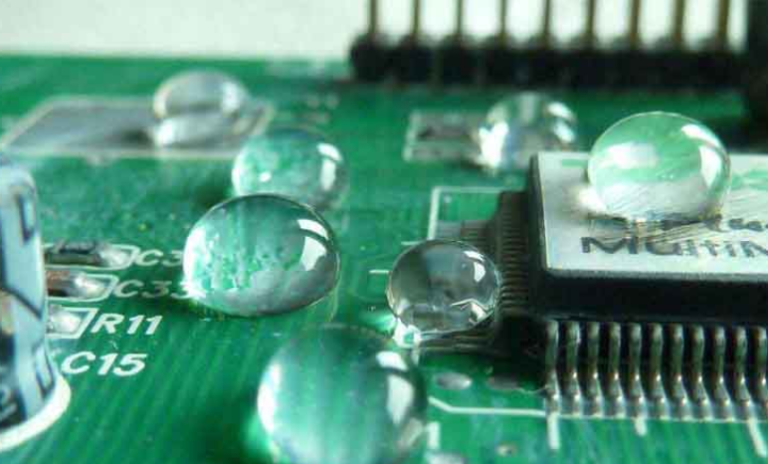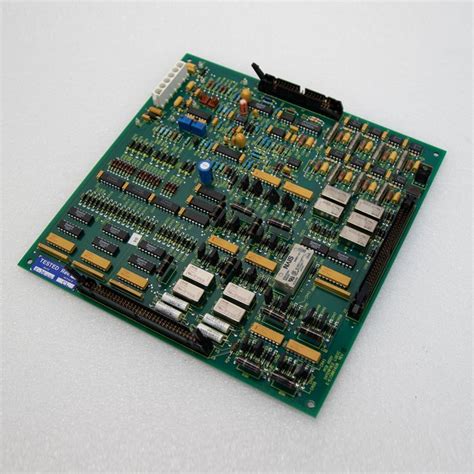High Volume PCB Manufacturing Techniques for Enhanced Efficiency
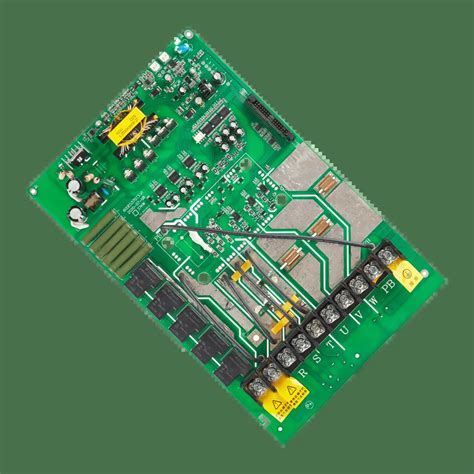
Key Takeaways
High volume PCB manufacturing plays a critical role in meeting the ever-increasing demands of today’s electronic market. As you delve deeper into the intricacies of PCB manufacturing, understanding how to optimize production efficiency becomes essential. Employing various techniques can significantly enhance productivity while ensuring quality.
It’s crucial to recognize that successful PCB manufacturing companies utilize streamlined processes that cater to large-scale needs. Such practices often involve a well-established framework that emphasizes continuous improvement and efficiency gains. You should also be aware that the cost of PCB manufacturing can be affected by numerous factors, including material selection, production speed, and labor costs. Thus, optimizing these elements can lead to reduced overall expenses.
Additionally, effective PCB manufacturing business strategies often incorporate advanced technologies such as automation and AI-assisted tools which help in minimizing human error—boosting both speed and accuracy. To maintain quality at scale, a systematic approach to prototyping should be deployed, as it allows for early detection of potential issues before full-scale production.
In essence, staying informed about these techniques will empower you to make strategic decisions that align with industry demands while ensuring your operations remain efficient and cost-effective.
"Efficiency is doing better what is already being done." – Peter Drucker

Understanding High Volume PCB Manufacturing: An Overview
High volume PCB manufacturing is a pivotal aspect of today’s electronics industry, as it facilitates the mass production of printed circuit boards (PCBs) essential for a multitude of devices. In this context, it is crucial to comprehend how PCB manufacturing companies operate to meet the escalating demands of the market. The intricate processes involved not only focus on the quantity but also emphasize sustaining high levels of quality and precision throughout production. Factors influencing PCB manufacturing cost include materials, design complexity, and production methods, which can vary significantly based on specific requirements. For those venturing into this field or aiming to enhance their existing operations in the PCB manufacturing business, understanding these components is vital. Adopting advanced techniques and technologies can lead to optimized workflows and increased efficiency in meeting production goals. This knowledge empowers you to navigate challenges effectively while ensuring consistent output that aligns with market needs.

Key Techniques for Streamlined PCB Production
In the realm of PCB manufacturing, several key techniques can significantly enhance production efficiency, guiding you through a complex landscape where speed and quality must coexist. One of the foremost strategies is implementing design for manufacturability (DFM) principles. This involves optimizing your design files to minimize complexities that could hinder the production process, thereby reducing PCB manufacturing costs and improving yield rates. Furthermore, leveraging advanced automation technologies in your production line can drastically lessen manual errors and increase overall output. The integration of smart machinery allows for seamless transitions between different manufacturing stages, which is essential for high volume PCB manufacturing.
Employing a robust supply chain management system is equally crucial; it ensures that materials from reliable PCB manufacturing companies are available when needed, minimizing delays and keeping your production timeline on track. Additionally, consider optimizing your workflows through lean manufacturing techniques, which focus on reducing waste while enhancing operational efficiency. By combining these strategies with ongoing training and development for your team, you can not only maintain high-quality standards but also scale your pcb manufacturing business to meet rising customer demand. Investing in these methods will position you favorably in a competitive market where efficiency translates directly into profitability.
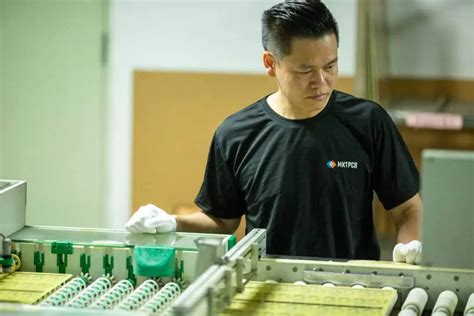
The Importance of Prototyping in High Volume Manufacturing
In high volume PCB manufacturing, prototyping plays a crucial role in optimizing processes and ensuring product quality. This initial stage allows PCB manufacturing companies to test their designs and evaluate functionality before committing to large-scale production. By investing time in effective prototyping, you can identify potential issues early on, which can significantly reduce the overall PCB manufacturing cost associated with corrections and reworks later in the process. Moreover, engaging in prototyping provides insights into materials and production techniques that can enhance the efficiency of your pcb manufacturing business. It also helps ensure that your designs conform to industry standards, thereby increasing reliability when moving into mass production. Adopting a well-structured prototyping approach not only leads to better quality assurance but also accelerates time-to-market for your final product, making it an indispensable step in today’s competitive electronics landscape.
Best Practices for Maintaining Quality in Large-Scale Production
In the realm of high volume PCB manufacturing, ensuring quality is paramount. The key to successful large-scale production lies in implementing best practices that address both design and production processes. First and foremost, it’s crucial to invest in reliable PCB manufacturing companies that prioritize quality control measures throughout their operations. You should also consider adopting a comprehensive Quality Management System (QMS), which integrates quality checks at every stage of the manufacturing process. This systematic approach not only enhances product consistency but also minimizes defects, thereby reducing the overall pcb manufacturing cost.
Moreover, utilizing advanced monitoring technologies during production can help you promptly identify and rectify any issues that may arise. Techniques such as in-circuit testing and functional testing allow for rigorous assessments of each PCB before it reaches the end customer. Additionally, maintaining open lines of communication with your pcb manufacturing business partners ensures that any design changes or updates are swiftly communicated and incorporated.
Lastly, continuous training and development programs for staff can significantly elevate the skill level within your workforce, ensuring they are equipped to handle both emerging technologies and traditional methods with equal efficiency. Emphasizing these practices not only aids in upholding quality standards but also empowers your operations to meet the rigorous demands often associated with high volume pcb manufacturing.
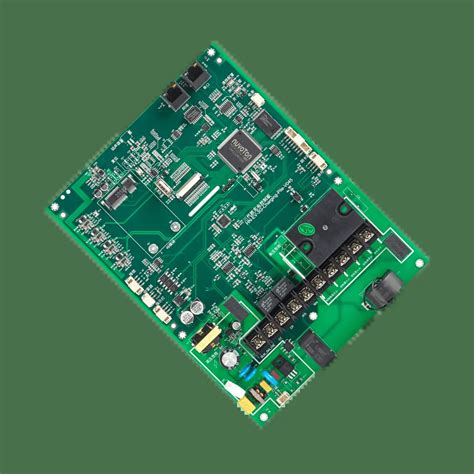
Automation and Technology in High Volume PCB Assembly
In the sphere of high volume PCB manufacturing, automation and technology play a pivotal role in enhancing production efficiency. By integrating advanced systems and machinery, you can significantly reduce pcb manufacturing costs while improving throughput. One of the most effective approaches involves using automated assembly lines that employ robotic systems capable of precise placement of components. This not only accelerates the assembly process but also minimizes human error, leading to higher quality and consistency in your products.
Moreover, utilizing sophisticated software solutions streamlines various stages of the pcb manufacturing business. This technology contributes to optimizing workflows, tracking production metrics, and managing inventory effectively. With real-time data analytics, you can make informed decisions that balance cost management with production goals, ensuring that your enterprise meets increasing market demands without compromising on quality.
Another important aspect is the incorporation of selective soldering and surface mount technologies which are designed for high volume outputs. These methods further enhance efficiency by allowing for simultaneous assembly processes, ensuring that production lines remain active even during maintenance periods. By embracing these innovations, you can position your enterprise competitively within the market dominated by rapid advancements in pcb manufacturing technologies.
As you pursue these automated solutions, remember to collaborate with reputable pcb manufacturing companies that specialize in high volume production capabilities. Their expertise not only aids in selecting appropriate technology but also provides ongoing support and optimized processes tailored to your specific requirements. This strategic collaboration can ultimately lead to enhanced operational performance and sustained growth within your pcb manufacturing initiatives.
Meeting Industry Demands: Scalability in PCB Manufacturing
In the realm of PCB manufacturing, scalability is essential for meeting the rising demands of various industries. As you seek to expand your PCB manufacturing business, understanding how to effectively scale operations while maintaining quality is crucial. The ability to adapt production capabilities not only helps you keep pace with market trends but also optimizes pcb manufacturing costs. Implementing scalable solutions means integrating advanced processes and technologies that enhance efficiency without compromising on precision. This could involve leveraging automated machinery and refined workflows tailored specifically for high volume PCB manufacturing. Furthermore, collaborating with reputable pcb manufacturing companies can provide insights and resources that facilitate efficient scalability during peak production times. By focusing on these strategies, you position your business to respond effectively to fluctuating market demands while ensuring that your production standards remain high, ultimately leading to sustained success in the competitive landscape of PCB development.
Challenges and Solutions in High Volume PCB Production
In the realm of pcb manufacturing, companies often encounter a myriad of challenges that can impede their production efficiency. One significant issue is scalability, where the ability to ramp up production to meet increasing market demands can strain resources. High volume demand may lead to overworked machinery and personnel, risking errors that could affect quality. However, many pcb manufacturing companies have developed strategic solutions to mitigate these challenges. Implementing lean manufacturing principles can streamline processes, reducing waste and optimizing resource management. Furthermore, adopting advanced technologies such as automation and computer-aided design (CAD) systems allows for precision in handling complex tasks, ultimately decreasing the pcb manufacturing cost while enhancing output efficiency.
Another common struggle is maintaining consistent quality amid high production rates. It is essential to incorporate robust quality assurance protocols throughout the manufacturing process to ensure each pcb manufacturing business meets stringent standards. Regular training for staff on quality control methods and utilizing statistical process control (SPC) can help identify defects early on, preventing costly rework or scrap.
Lastly, supply chain disruptions can pose a significant risk in high volume scenarios. Forming strategic alliances with reliable suppliers and investing in inventory management systems can fortify your supply chain against potential interruptions. By proactively addressing these challenges with effective solutions, your business can not only enhance operational efficiency but also position itself as a leader in the competitive landscape of pcb manufacturing.
Conclusion
In the world of PCB manufacturing, it’s clear that understanding modern techniques is essential for optimizing your processes. As PCB manufacturing companies continue to face increasing demands, adopting best practices can significantly influence your production efficiency. The integration of automation and advanced technologies not only enhances speed but also helps in maintaining quality throughout the production cycle. When considering pcb manufacturing cost, it’s crucial to balance operational efficiency with quality assurance, ensuring you can meet industry standards without compromising on precision. Ultimately, investing in robust manufacturing practices and staying adaptive in this dynamic landscape will empower your pcb manufacturing business to thrive amidst challenges and seize opportunities for growth.
FAQs
What is high volume PCB manufacturing?
High volume PCB manufacturing refers to the production of printed circuit boards in large quantities, enabling companies to meet significant market demands efficiently.
How do PCB manufacturing companies ensure efficiency?
PCB manufacturing companies utilize advanced techniques and automation to streamline their processes, enhancing both productivity and quality.
What factors influence PCB manufacturing cost?
The PCB manufacturing cost is influenced by factors such as material quality, production volume, complexity of design, and technological processes employed in production.
Why is prototyping crucial in high volume PCB manufacturing?
Prototyping allows manufacturers to test designs and components before mass production, thus reducing risks and ensuring that the final PCB manufacturing business meets quality standards.
What role does automation play in PCB assembly?
Automation significantly reduces manual errors and accelerates production rates, leading to more consistent results in high volume PCB assembly.
How can manufacturers scale their processes in response to demand?
By adopting flexible production techniques and investing in scalable technology, manufacturers can quickly adjust their processes to accommodate varying levels of demand without compromising quality.
For further exploration on effective PCB manufacturing techniques, please click here: Visit Andwin PCB Manufacturing.


